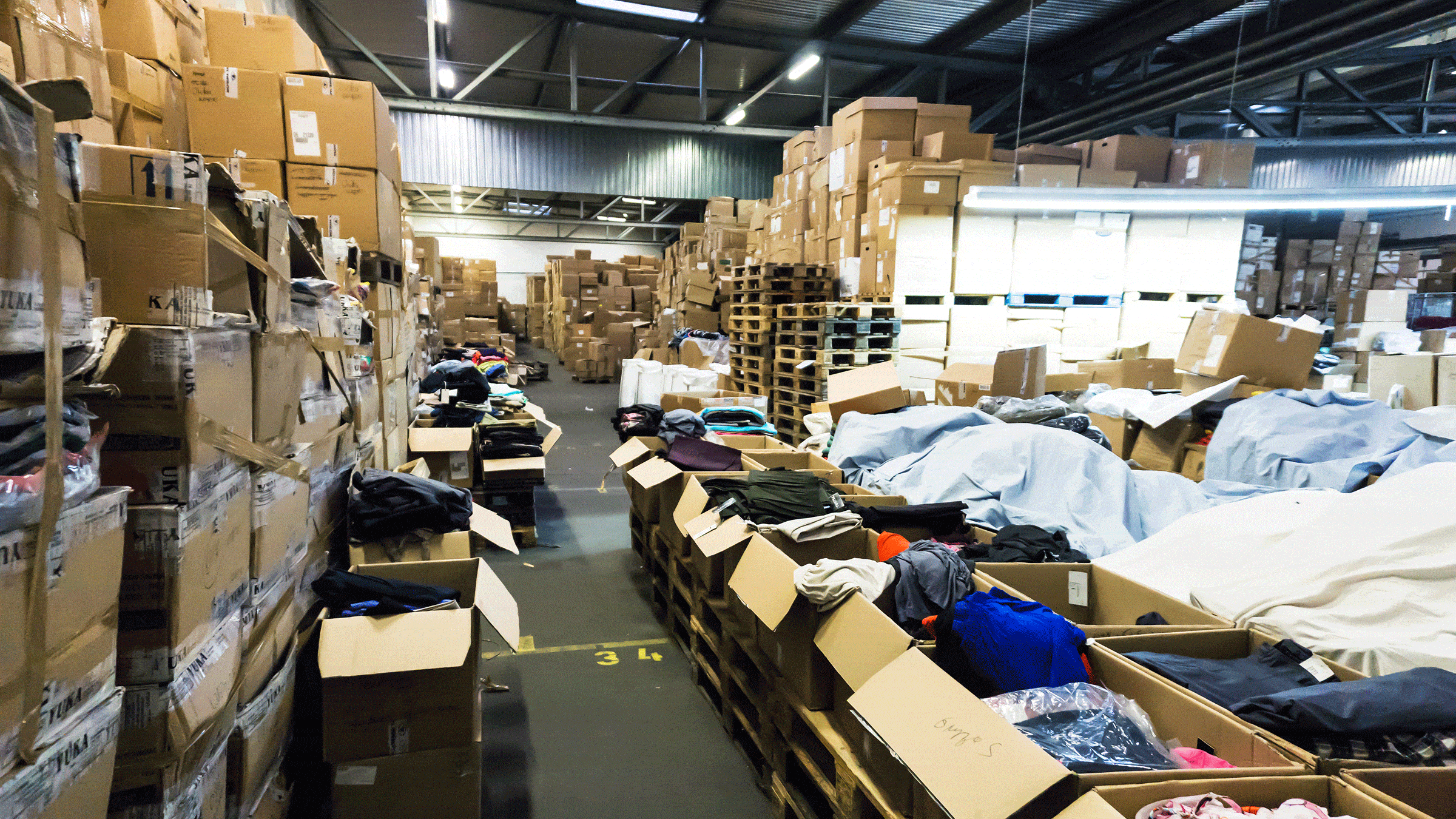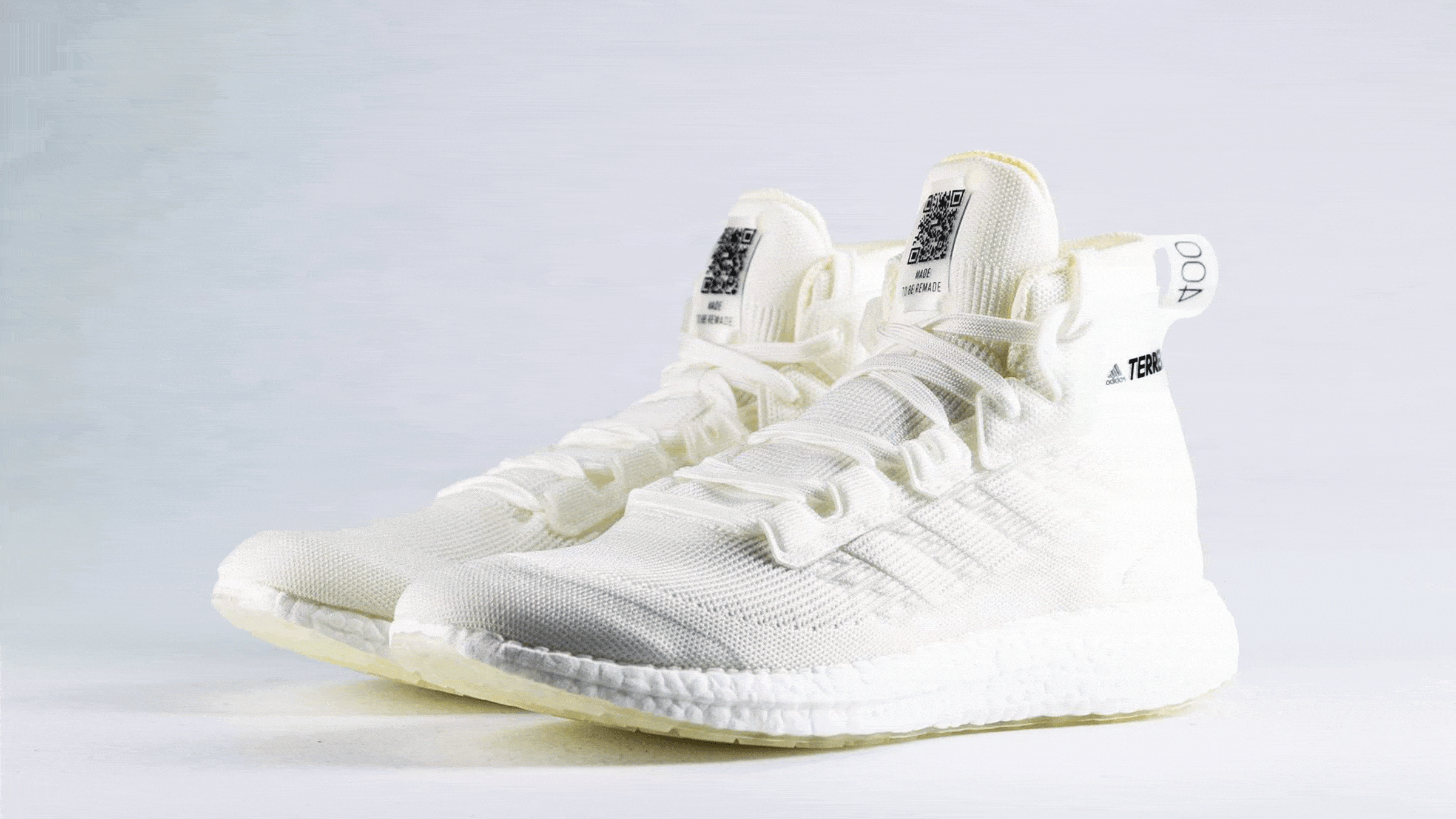At the beginning of 2022, retailers and luxury brands were facing a stock problem. Consumer demand had returned, but manufacturing hubs in Asia were still navigating Covid restrictions. As a result, fashion businesses simply did not have enough clothes to sell. But twelve months later, the tables have turned, and today fashion companies are grappling with the very opposite problem: what to do with huge amounts of excess inventory?
Coping with unsold stock is an annual headache for businesses. Many retailers have become accustomed to prominent levels of returns during the post-Christmas period, and factor varying degrees of discounting into their yearly sales strategy. But this year, fashion companies are facing something of a perfect storm.
First, thanks to supply chain disruption throughout 2022, many product lines weren’t delivered until late in the season. Second, post-Covid consumer behaviour has changed so fast that trend cycles have moved unusually quickly. Third, and most obviously, inflation and the cost-of-living crisis has left consumers with less disposable income to make discretionary purchases. Excess stock is now an industry-wide problem: in research released this week, it was found that half of UK retailers are grappling with what to do with their unsold goods.
We’re seeing a string of different approaches. Many retailers have been doubling down on their January sales, with luxury players like Net-A-Porter offering up to 70% off designer labels, while others have taken to ‘deep storing’ stock until next winter. How to shift excess product is a serious consideration.
Too many flash sales can impact brand integrity and condition customers to avoid paying full-price, and partnering with the wrong discounter can leave lasting reputational damage. Indeed, over the years, it’s become well-known the lengths that some brands will go to avoid their clothes being sold cheaply, or on the ‘wrong kind’ of platforms.

Part of the solution lies in fully embracing the off-price channel as part of the omnichannel strategy.
There was a time when off-price felt like a bit of a dirty secret. When buying last season’s stock involved travelling to uninspiring out-of-town outlets and rummaging through rails of mismatched product, it’s no surprise that brands were hesitant to participate. Today, however, this corner of the retail sector is rapidly gaining momentum: in a report published last year, McKinsey found that off-price is set to grow five-times faster than the full-price between 2025 and 2030.
In 2023, the most forward-thinking businesses recognise the off-price segment as integral to their omnichannel strategy. When executed in the right way, off-price can present an exciting opportunity – not just to shift inventory, but to bring in new customers, strengthen sustainability credentials and elevate the full-price offering.
Over the past decade, the off-price channel has evolved considerably – in large part thanks to the emergence of online platforms. Off-price marketplaces like The Outnet and Secret Sales have revolutionised the customer experience, allowing customers to browse collections from home, use search and filter functions, and set alerts for specific items or brands. Crucially, luxury online outlets brought a premium feel to discount shopping that had been hard to find – opening the door to brands who had previously been worried about outlets damaging brand integrity.
Today, around forty percent of off-price shopping happens digitally, a far higher share than fashion overall, and research from McKinsey suggests that almost all of the growth in off-price will come from online channels in the years ahead.
Beyond the standard ecommerce model, mystery boxes provide another route for brands. Last year, LVMH invested in mystery box platform Heat, which buys unsold inventory from luxury brands like Off-White and Palm Angels, and curates it into multi-brand boxes, sold to Gen Z customers via drops.

Physical off-price stores have also evolved considerably, becoming in many cases a credible location for brands to be seen. Value Retail’s Bicester Village is perhaps the best example of this: the out-of-town outlet has its own railway stop, an impressive food and drink offering, including the recent opening of Cecconi’s, and a premium personal shopping service.
“Value Retail have done an excellent job at transforming themselves from a real estate business into a brand,” said one fashion industry leader when we caught up this week. “They’ve heavily invested in how they want to be perceived, and now offer an aesthetic and experience akin to a five-star hotel.”
“Today’s fashion businesses should embrace the fact that outlet visitors are high-level,” said another senior executive. “Bicester Village customers are often the same as Harrods or Selfridges – so the off-price channel is an opportunity to market your brand to the right demographic of people.”
McArthur Glen are also building a great level of customer experience into their villages. For example, they recently announced the official opening of “Play Land”, a brand new 6,000sqm leisure concept at Designer Outlet Serravalle that is dedicated to family entertainment. The €7m attraction introduces a new state-of-the-art experiential element to the centre that further enhances the shopping experience.
Against this backdrop, labels should be recognising off-price as a legitimate sales channel, and a tool for reaching new customers – especially younger groups for whom off-price products may be the first point of contact to the brand. Indeed, for some brands, off-price is such a lucrative segment that product is being made specifically to be sold in an outlet environment – with often 20-30% of product in outlet stores made especially for the channel and with healthy margins.
Recent conversations with leaders in private equity indicate that there’s appetite for investment in the outlet space as they assess their portfolio for the year ahead. “We will continue to actively evaluate deals in 2023, but our criteria have tightened,” Ejike Onuchukwu, Director of Investment at True Global told us.
“In terms of price point, we recognise the squeezed middle, and how compelling pricing needs to be for the consumer. High is resilient, low is more resilient and tends to grow.”
“There continues to be an opportunity to capitalise on the de-stigmatisation and increasing sophistication of the outlet channel,” Ejike added. “On the branded side, clearing old stock for 20% of cost is a last resort option. Care must be taken, but there are ways the channel can be used and still be incremental to the brand.”
“There continues to be an opportunity to capitalise on the de-stigmatisation and increasing sophistication of the outlet channel.” – Ejike Onuchukwu, Director of Investment at True Global
For labels concerned with their brand integrity, a considered outlet channel strategy negates the need for deep discounts in the main store. “Utilising off-price reduces the amount of time our own store and websites are on sale” said a senior executive at a fashion brand. “We want to encourage our customers to pay full price, not wait for us to go on sale.”
There are also obvious sustainability implications. Otrium, which offers a way for fashion brands to set up their own outlet store online, places sustainability at the centre of its proposition, appealing to businesses concerned with the environmental impact of liquidating stock.
“One in ten items produced are never worn. These items either end up in landfills or are incinerated,” Kimberlee Sheldon, VP of Markets at Otrium told us this week. “Otrium partners with brands that have excess inventory to responsibly sell these items.”
There is an apparent contradiction between the fashion industry, which thrives on freshness and consumption, and the idea of a more sustainable industry which relies on the regeneration and recirculation of goods. Otrium are aiming to tackle this conflict by working intimately with brands to shape a collective approach to sustainability, and in turn solidifying brand integrity.
“We approach our work with brands as a partnership,” said Kimberlee. “Our growth and our impact go hand in hand. In order to have a bigger impact, we should grow more. Growing means more customers buy from Otrium and more brands would like to work with us. Partnerships with brands mean more excess stock being saved from going to waste.”

“Ultimately, it’s about winning together. To that end, we carefully cultivate the brands on our platform to ensure everyone can win – consumers and brands alike. With our “gated community”, we can also ensure this brand integrity stays intact.”
Kimberlee believes that the future of managing the off-price challenge lies with embracing technology to personalise the customer experience.
“Our technology-led approach means we put a personalised shopping experience at the forefront: brands and styles that are relevant to you when you want them. We are continuously evolving this in our communication and marketing strategies.”
This channel will continue to develop and gain an increased level of sophistication. On Tuesday, ASOS announced a new partnership with Secret Sales to sell unsold stock as they scale back on discounting, a smart move which will focus the customer on new season designs and crucially drive more full-price conversion. This will likely be a trend as other brands try to separate their current and sale stock to maximise brand image and ultimately revenues.
The off-price channel will become a critical part of most brand strategies in 2023 and if done correctly can provide a rich stream of revenue and brand exposure, without damaging brand integrity, welcome in these challenging times. It must be built into the full omni-channel offer, and delivered in a customer-centric, focused and cohesive way, with the full understanding that consumers will often buy from both full and off-price channels whilst expecting the same level of value, experience and service.
mathew.dixon@thembsgroup.co.uk | elizabeth.shelley@thembsgroup.co.uk | @TheMBSgroup








